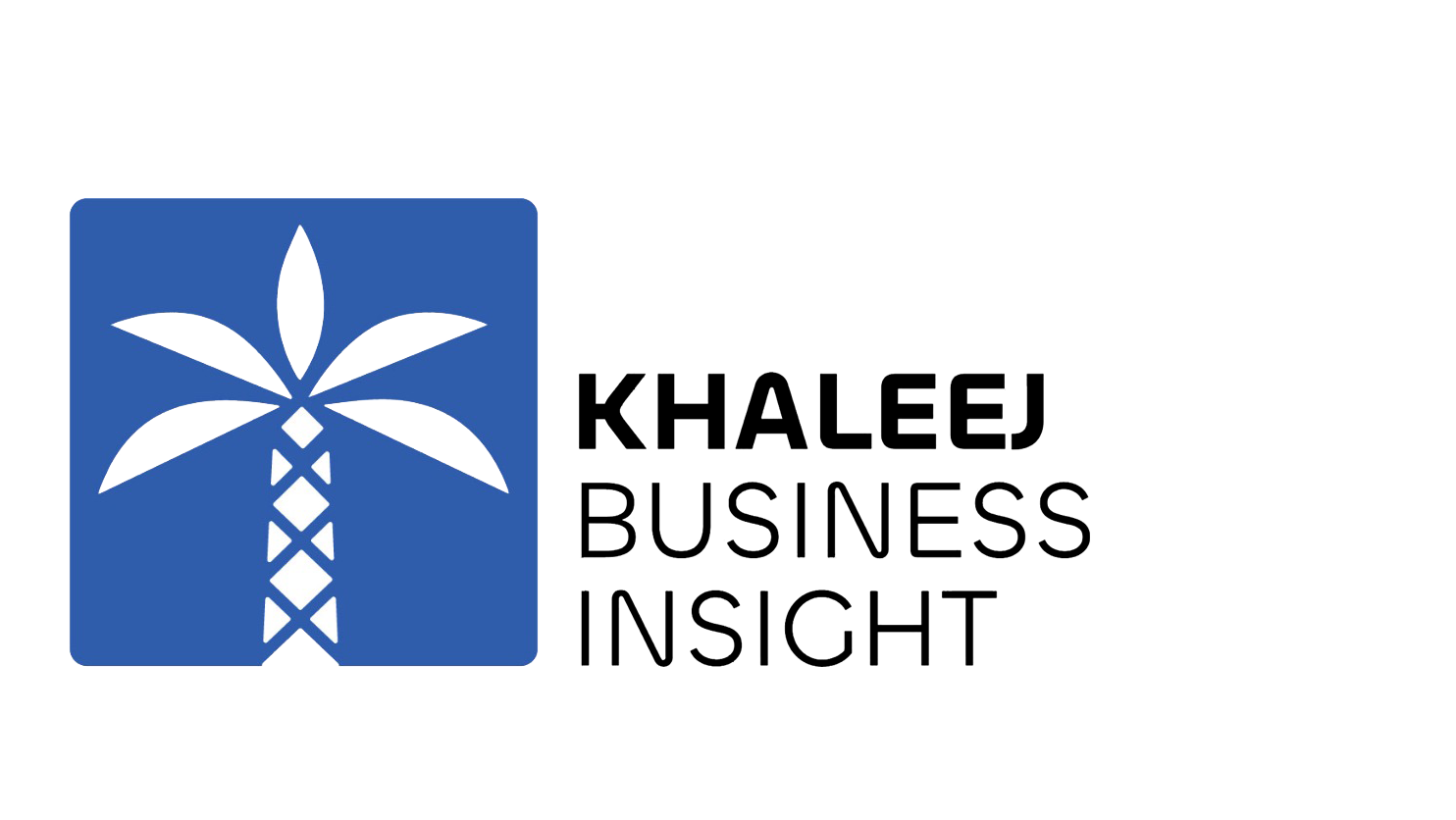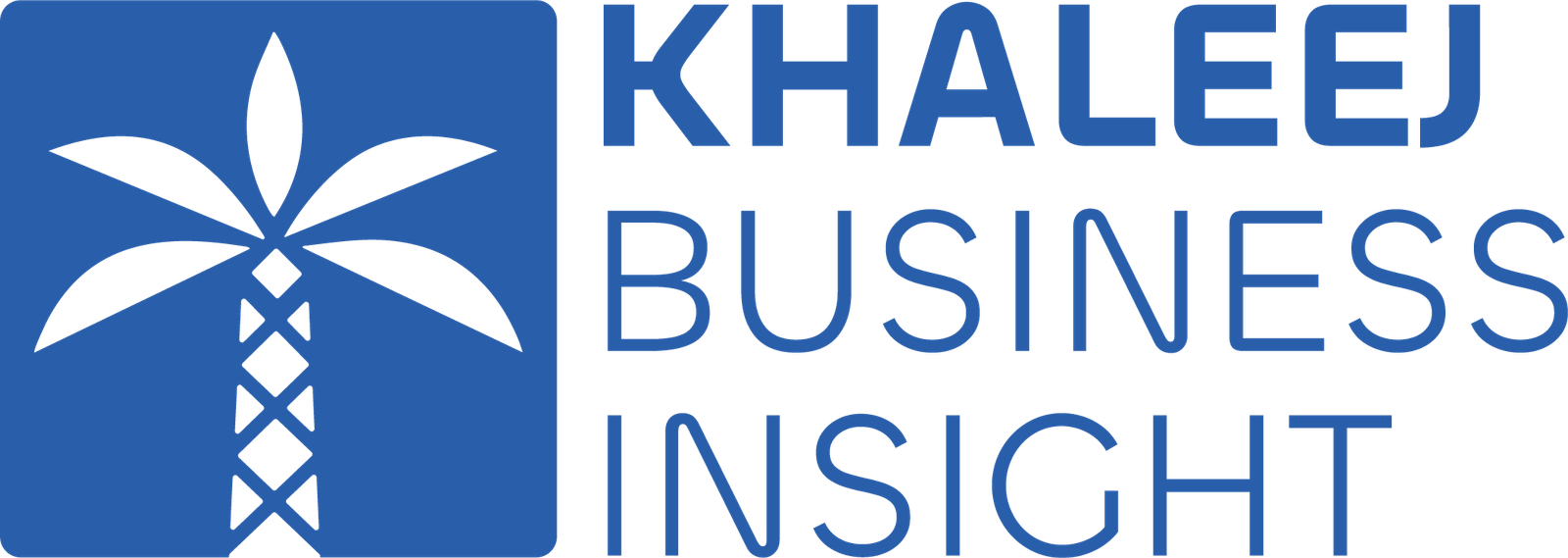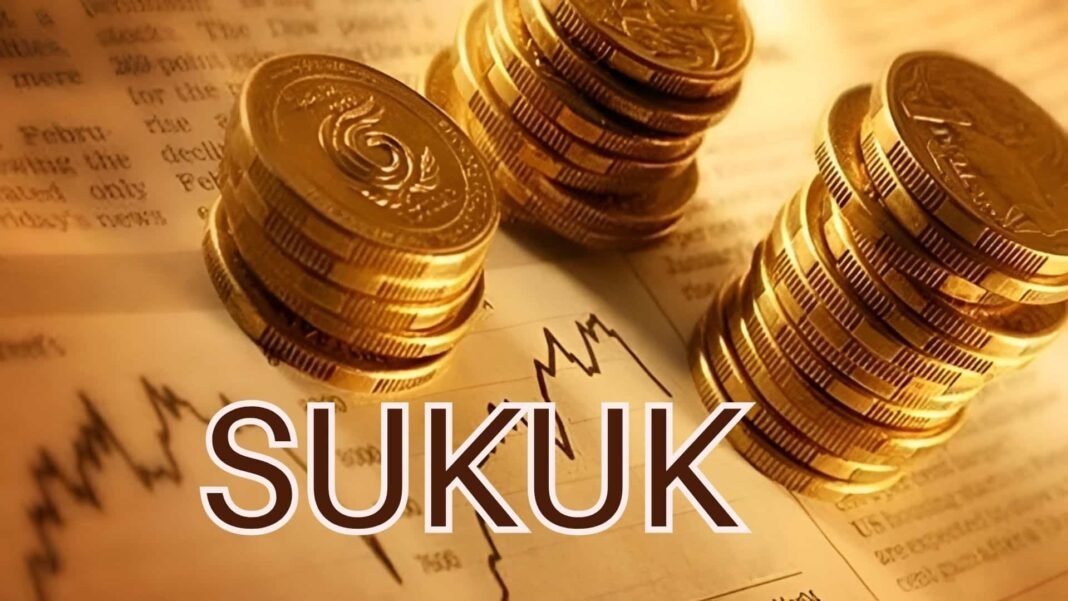Saudi banks are experiencing an unprecedented surge in sukuk issuance this year. From January through mid-September, volumes reached $10.5 billion, nearly doubling last year’s $5.3 billion.
Analysts predict total sukuk issuances could surpass $30 billion by year-end. This pace would mark a record in the Kingdom’s debt market and signal robust banking activity.
Experts cite multiple factors driving this trend, including economic conditions, regulatory requirements, and structural pressures on bank balance sheets. The US Federal Reserve’s anticipated interest rate cuts also play a key role.
Loan growth in Saudi banks continues to outpace deposits. Financial institutions are using sukuk as a flexible funding tool to cover liquidity gaps while maintaining regulatory compliance.
Mohamed Hamdi Omar, CEO of G-World for Economic Studies, explained that lending demand exceeds deposit growth, prompting banks to seek alternative sources. Sukuk provide the ideal solution for bridging these gaps efficiently.
Sukuk issuance also meets international standards such as Basel III. These instruments support regulatory capital requirements while preserving liquidity, making them attractive for both banks and investors.
Saudi Arabia’s Vision 2030 projects further drive demand. Infrastructure, housing, and preparations for global events like Expo Riyadh 2030 and FIFA World Cup 2034 require large-scale, flexible financing inflows.
Investor interest in sukuk remains strong. Offering yields of 6 to 6.5 percent, these instruments provide stability and diversification in a volatile global market, particularly through dollar-denominated sukuk.
Banks’ financial positions remain strong despite higher loan-to-deposit ratios exceeding 100 percent. Solid Q1 earnings, with returns on assets at 2.3 percent, underline their capacity to manage funding pressures effectively.
Omar cautioned that overreliance on debt instruments can pose risks. High issuance levels may affect capital quality or increase costs if investor demand shifts or global interest rates rise suddenly.
Analysts note that Saudi banks’ sukuk surge is a proactive measure ahead of expected US rate cuts. The instruments help offset potential deposit withdrawals and maintain liquidity.
Saudi banks’ loan portfolios, totaling SAR 3.36 trillion, exceed deposits of SAR 2.86 trillion. Sukuk issuance fills the shortfall while supporting international trade finance and credit operations.
Dollar-denominated sukuk are expected to grow in Q4 2025. Rising foreign investor demand will encourage banks to issue sukuk internationally, enhancing global engagement and expanding funding channels.
The surge issuance highlights banks’ adaptability. It strengthens the Kingdom’s debt market, ensures liquidity stability, and supports Saudi Arabia’s long-term economic growth strategy under Vision 2030.





